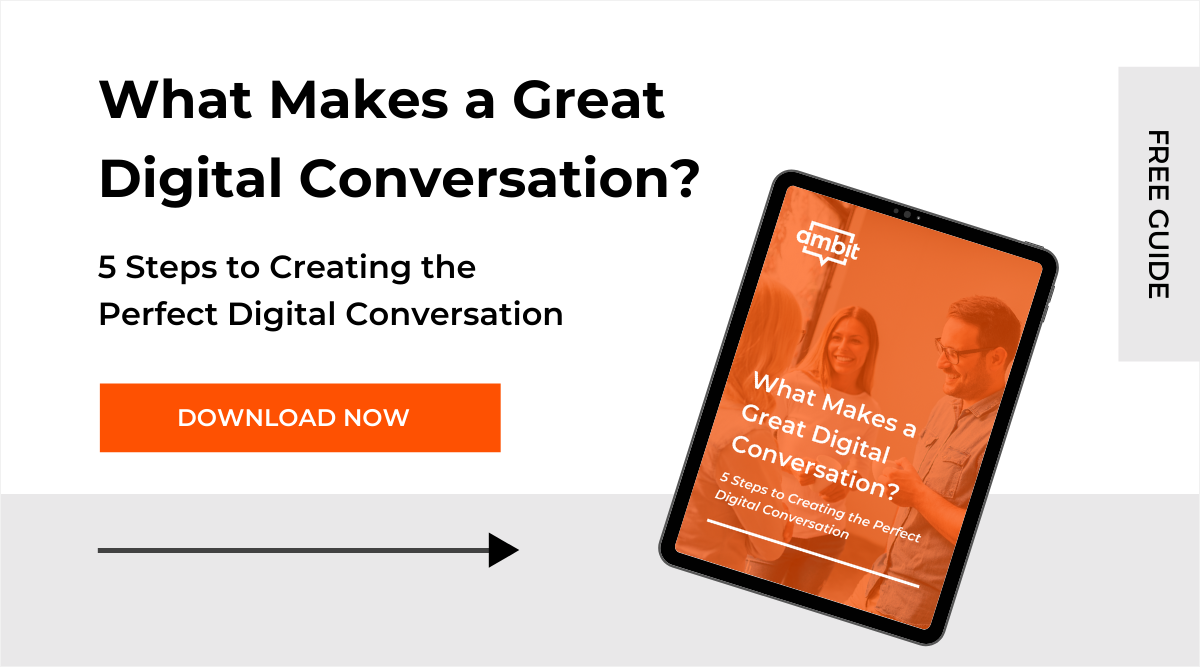Context is everything. You don’t just walk up to someone and just start telling them about your new mobile phone deal or that Gartner predicts people will talk to bots more than their spouse by 2020.
That’s what billboards and digital marketing advertisements are for.
Conversations are an art and take tact enough as it is in real life, so how do you design a conversational interface to cater to different contexts, people and topics on a screen?
With crime.
And now you think I’m crazy. Keep reading a little bit more. After all – bad design is a crime
Intelligence analysts have been analysing crimes for centuries – or at least since Sherlock Holmes. Digital is still new and we’re still refining how we analyse the different interactions and aspects of our digital experiences. So, I’ve taken a leaf out of the intel book and applied it to conversation design.
But why?: And who are you? You’re a designer, not an intelligence analyst?
I’ve designed user interfaces for intelligence analytics and detectives – and through this I learnt all about intelligence and crime analysis techniques.
This article gives you another technique to help you with the next phase of design thinking; Define. To quickly get clear on what each conversation topic is about (define).
The next article will be on Ideate – an activity to start ideating on how the conversation could play out.
In Part 1 of Winning Conversations we shared the Conversation Ecosystem. A visual tool to represent all the possible conversations you would like your chatbot to be able to discuss.
Define your conversation
The define phase of design thinking is all about defining the exact problem you want to solve. Before ideating on possible solutions.
Conversation problem analysis triangle (CPAT)
This is where crime comes in handy. “For a crime or incident to occur, an offender and a suitable target must come together in a specific location without an effective deterrent.
When developing a description and understanding of a particular crime or disorder problem or individual, analysis should consider each of the elements of the triangle. Further, when developing solutions to that problem, the three elements should again be considered as a focus for activity.” UK Police college.
Makes sense, right?
Translating that to conversation design you get:
- Victim becomes the customer (we call them “chatters” in conversation design.)
- Offender become the offering. What are you selling, or what are they needing help with. Could be services or products
- Location becomes context. When and where are they most likely to chat.
But that would’ve only catered to your external users – your customers. And Digital Employees can be designed to talk to both customers and employees.
Let’s think about each conversation from both sides of the coin – create a chatbot that can really talk to everyone. So, I’ve flipped the triangle and given you two victims – the customer and the employee.
Your conversation design tool-kit
Conversations are an art and take tact. Ambit arms you with the tactics, tools, and human-centred-design techniques to achieve a winning conversation design. So far we’ve shared:
- How to Understand the potential entirety of your Chatbot: with the Conversation ecosystem diagram. A visual representation everything your chatbot needs to be able to talk about.
- Then how to Define each conversation: with the Conversation Problem Assessment Triangle (CPAT). A tool taken from Crime Analysis (the PAT problem assessment triangle) giving you a way of developing a description of a particular conversation in preparation for ideation, by considering each of the elements of the triangle you define the conversation purpose.




